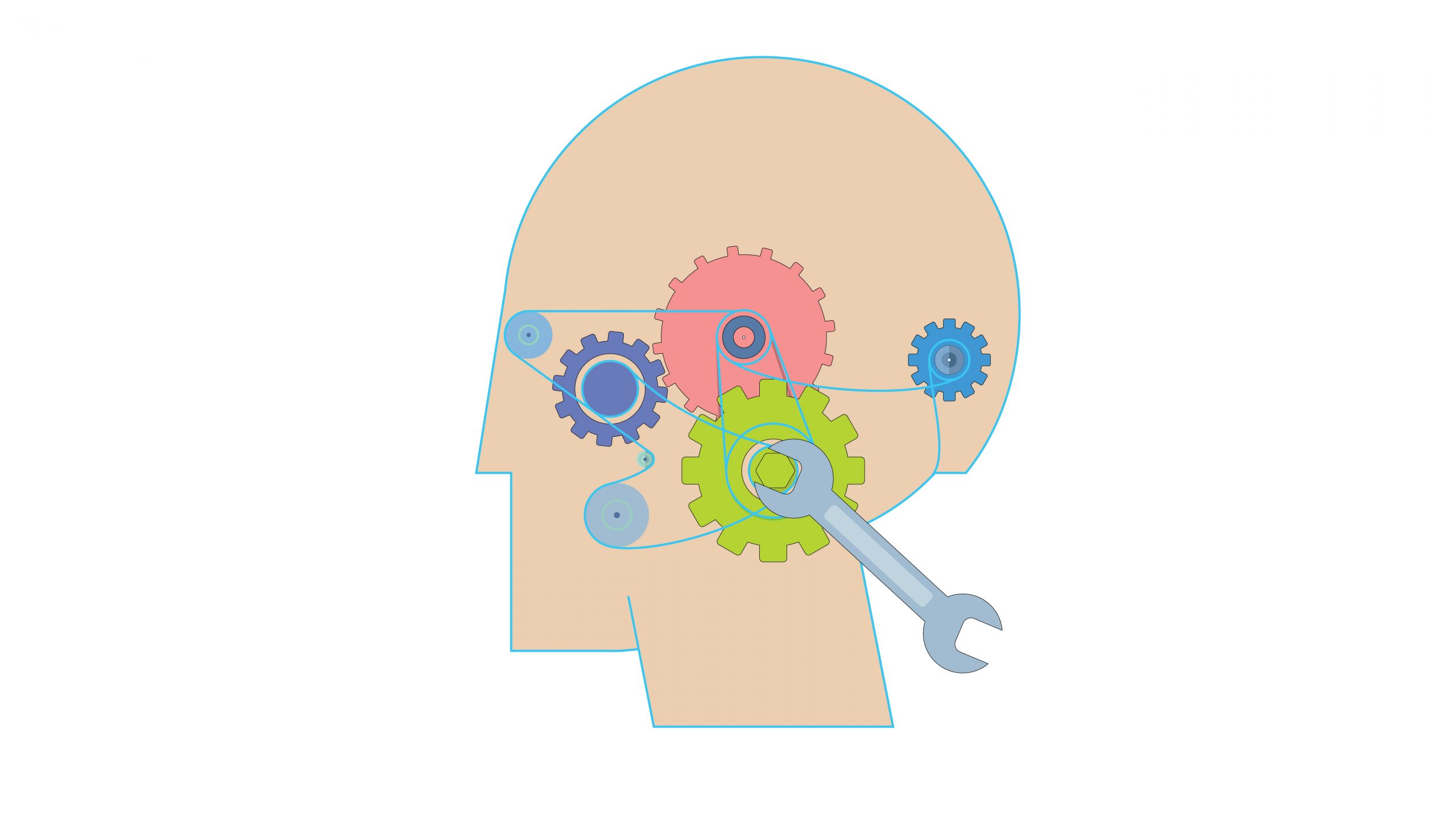Fine Tuning

What is Fine Tuning in AI?
Fine tuning in AI refers to the process of making small adjustments or modifications to an existing machine learning model in order to improve its performance on a specific task or dataset. This technique is commonly used when the initial model, which has been pretrained on a large dataset, is not achieving satisfactory results on a new or more specific task. Fine tuning allows the model to generalize its learned knowledge to the new task by adjusting its parameters and optimizing its performance.
The process of fine tuning in AI involves several steps. First, the pretrained model is loaded and its weights are frozen to prevent them from being modified during the fine tuning process. Then, a new dataset that is specific to the target task is introduced and used to train the model. During this training phase, only the weights of the newly added layers or modules are updated, while the weights of the pretrained layers remain fixed. This allows the model to leverage its prelearned features while adapting to the new task.
Fine tuning in AI is particularly useful when dealing with limited amounts of labeled data. By starting with a pretrained model, which has already learned general patterns from a large dataset, the need for a large labeled dataset for training is reduced. Instead, only a smaller labeled dataset specific to the target task is required for fine tuning. This saves time and resources, as acquiring and labeling large amounts of data can be time-consuming and expensive.
Overall, fine tuning in AI is a powerful technique that allows for improved performance on specific tasks by leveraging prelearned features from a pretrained model. It enables models to adapt to new tasks with limited amounts of labeled data, making it a valuable tool in various domains such as computer vision, natural language processing, and speech recognition. As AI continues to advance, fine tuning will likely play an increasingly important role in optimizing and enhancing machine learning models.
Related Article: https://www.scribbledata.io/fine-tuning-large-language-models/
Related Resources

Fine-tuning Large Language Models: Complete Optimization Guide
Let’s say you buy a high-performance sports car, fresh off the production line. It’s capable, versatile, and ready to take on most driving conditions with ease. But what if you have a specific goal in mind – let’s say, winning a championship in off-road rally racing? The sports car, for all its inherent capabilities, would […]
Read More
Generative AI: A Technical Deep Dive into Security and Privacy Concerns
In a tale as old as time, King Midas yearned for a touch that could metamorphose all to gold. His wish was granted, and the world around him shimmered with the allure of endless wealth. Every object he grazed turned to gold, dazzling yet cold to the touch. The ecstasy of boundless power was intoxicating, […]
Read More
Mastering Generative AI: A comprehensive guide
The year was 2018. Art enthusiasts, collectors, and critics from around the world gathered at Christie’s, one of the most prestigious auction houses. The spotlight was on a unique portrait titled “Edmond de Belamy.” At first glance, it bore the hallmarks of classical artistry: a mysterious figure, blurred features reminiscent of an old master’s touch, […]
Read MoreStay updated on the latest and greatest at Scribble Data
Sign up to our newsletter and get exclusive access to our launches and updates


